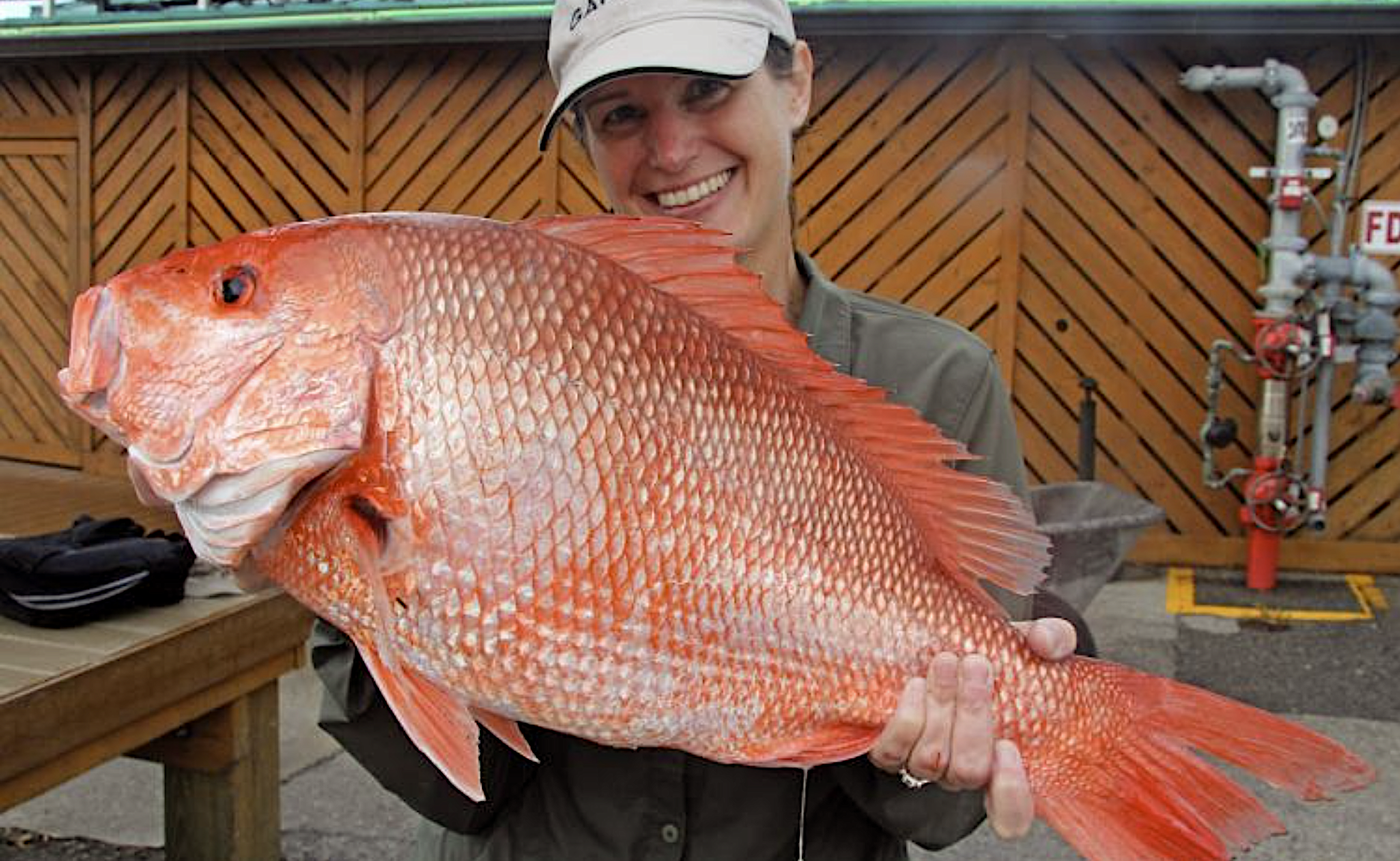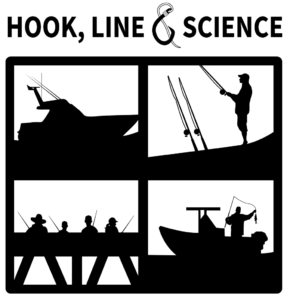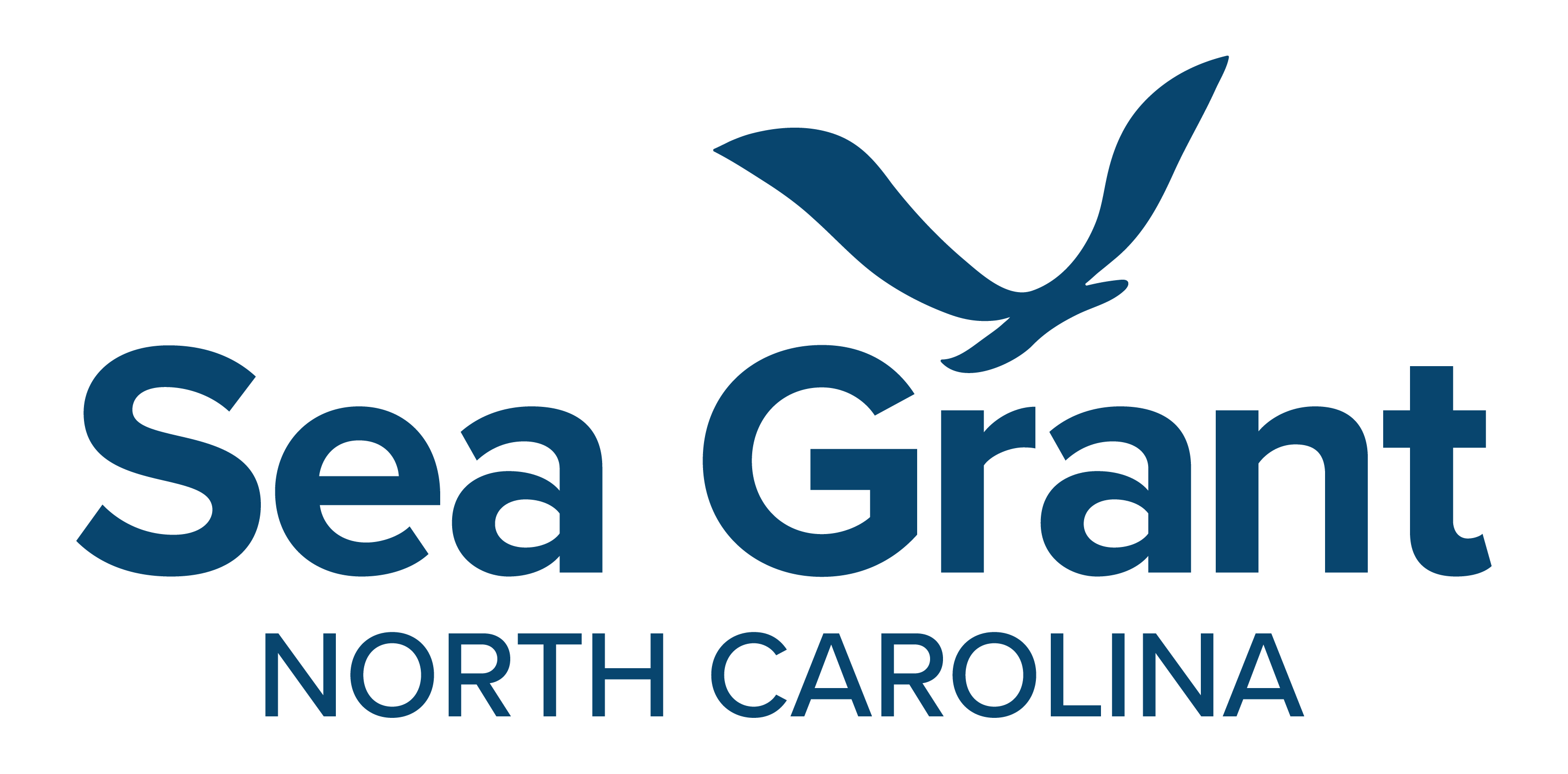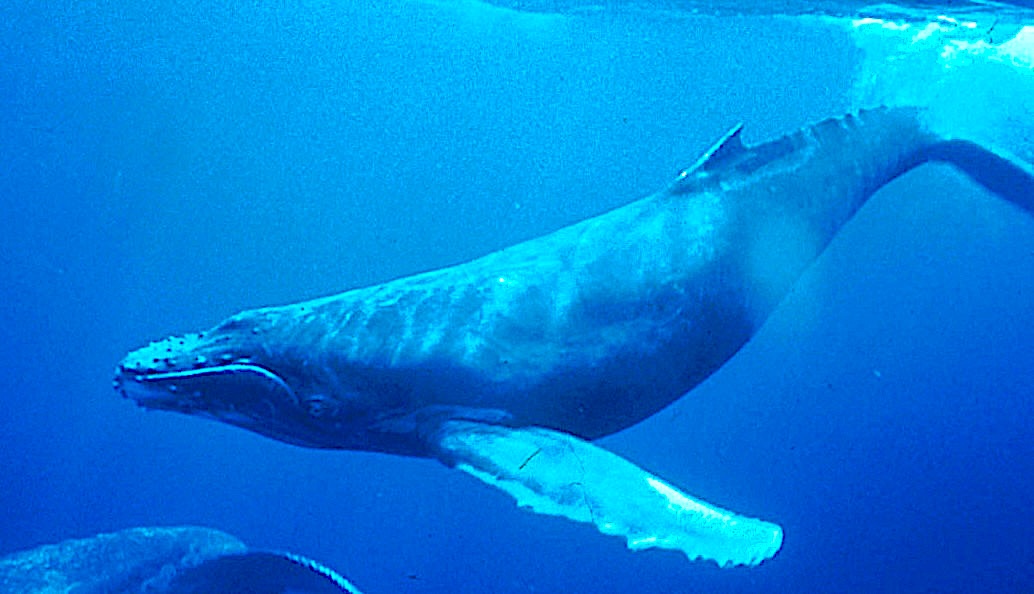Where are red snapper thriving?

New research sheds light on habitat preferences and regional trends.
A lot is happening in the South Atlantic red snapper fishery, despite the recreational fishery opening for only one day in 2024. The South Atlantic Red Snapper Research Program is filling critical knowledge gaps about red snapper with studies like the one below. Additionally, NOAA Fisheries has just issued a request for public comments on its plan to end and prevent overfishing of the South Atlantic red snapper stock.
Research Need
Red snapper have long been an important part of both recreational and commercial fishing in the Southeast, with most catches coming from Florida, followed by South Carolina, North Carolina, and Georgia. However, overfishing led to a closure of the red snapper fishery in 2010, and management restrictions remain to this day.
Despite the red snapper’s popularity and economic value, little is known about its biology or habitat preferences. After the fishery closure, researchers wanted to learn more about these fish, especially whether a large group was possibly overlooked. However, these studies did not find any hidden groups of large or older red snapper living in deeper waters, where they might be harder detect in regular surveys.
Several questions remain: How many red snapper are there? Where are they found? And which types of habitat do they prefer?
What did they study?
Researchers used long-term traps and video surveys to track changes in red snapper numbers and where they live from 2011 to 2022. Because the surveys only focused on structured reef habitats, the team also used remotely operated vehicles to sample unstructured sand-bottom habitats from 2021 to 2023.
The study area spanned the continental shelf and shelf-break from Cape Hatteras, North Carolina, to St. Lucie Inlet, Florida.
What did they find?
Between 2011 and 2022, the research team caught a total of 10,671 red snapper in 13,217 traps. The average number of red snapper caught in traps rose rapidly during this time, even after adjusting for factors like trap effort and environmental conditions. Standardized trap catches jumped from 0.37 to 3.90 fish per trap — an increase of about 1000 %. Video surveys showed similar results, with red snapper counts rising from 4.2 to 52.4 fish per frame — roughly a 1100 % increase.
The team found red snapper most commonly in the mid-shelf waters off the east coast of Florida and Georgia, with fewer spotted near the Outer Banks of North Carolina. The fish were less frequent off the coasts of southern North Carolina and South Carolina.
What else did they find?
Out of 282 video samples of sand-bottom habitats from Cape Hatteras to the Florida Keys, red snapper appeared in only seven. The highest number of red snapper were found at sites with a moderate amount of structured habitat. In stark contrast, no red snapper were found at any of the 197 sites with unstructured habitats.
These results support earlier research, which also found no evidence of large, unobserved groups of red snapper in unstructured habitats.
So what?
This study offers valuable insights into where and when red snapper are located in the Southeast, as well as the types of habitats the species prefers.
The significant increase in red snapper numbers since the 2010 fishing closure highlights the effectiveness of management actions. The data on red snapper’s regional and habitat preferences may be useful for creating marine protected areas, refining management strategies, and improving estimates of total red snapper numbers in the Southeast region.
Reading
Bacheler, N. M., W. F. Patterson III, J. H. Tarnecki, K. W. Shertzer, J. A. Buckel, H. J. Hostetter, K. Pacifici, V. Zulian, & W. J. Bubley. 2025. Spatiotemporal dynamics and habitat use of red snapper (Lutjanus campechanus) on the southeastern United States Atlantic continental shelf. Fisheries Research, 281, 107200. https://doi.org/10.1016/j.fishres.2024.107200
Funding was provided by the National Marine Fisheries Service, the South Atlantic Red Snapper Research Program, and South Carolina Sea Grant.
Lead photo by NOAA.
The text from Hook, Line & Science is available to reprint and republish at no cost, but only in its entirety and with this attribution: Hook, Line & Science, courtesy of Scott Baker and Sara Mirabilio, North Carolina Sea Grant.




